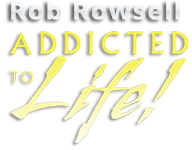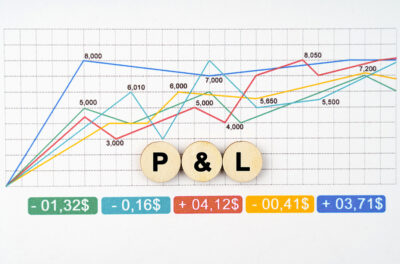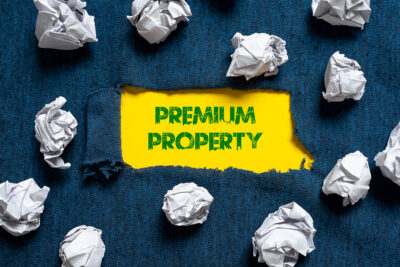In this clip from our Addicted To Life Community Gathering, Rob Rowsell lays out the Cash On Cash Return Real Estate Formula. If you are an aspiring cash flow investor who is looking to replace your business income with recurring passive earnings, then this video is a must watch!
 Rob Explains His Cash On Cash Return Real Estate Formula
Rob Explains His Cash On Cash Return Real Estate Formula
Rob starts the clip out with a review of two real estate deals he is raising money for. Both of them would qualify as momentum plays. Over time, each investment will yield an average of 7% cash on cash return. Through renovations and rent increases, these properties’ values will increase.
When he sells these properties, Rob uses a formula to calculate total returns. The back end equity earned, plus the cashflow from the five to seven year ownership will equal the total.
Rob then explained the principle of the 2X multiple, which is his goal typically with real estate holdings. In order to reach his stated goal of doubling his money, Rob may need to hold the investments longer than he had originally planned.
For example, let’s say you had invested $100,000 in a property, kept it for six years, and earned back $140,000. Then you would divide $140,000 by six in order to arrive at around $23,000 profit per year. You will have roughly gotten a 23% return on your initial $100,000 investment after six years. That cash on cash return may sound too good to be true. However, in reality, it’s not!
Join Our Community
Do you own multi-family properties? If not, do you aspire to one day? Then you should consider joining our online discussion group, the Addicted To Life Community! Each month, Rob Rowsell will teach you what you must do in order to build wealth in the real estate business. It’s not as easy as it looks! Property taxes, liens, and legal fees can all be hard to navigate, so having a successful guide in your corner like Rob is a must! Enroll today!

 Financial Freedom Amount – Finding it through your Profit and Loss Review
Financial Freedom Amount – Finding it through your Profit and Loss Review Investment Performance Review – Time and Funds
Investment Performance Review – Time and Funds Advantages of an In-House Bookkeeper
Advantages of an In-House Bookkeeper Backend Equity Property Investment
Backend Equity Property Investment